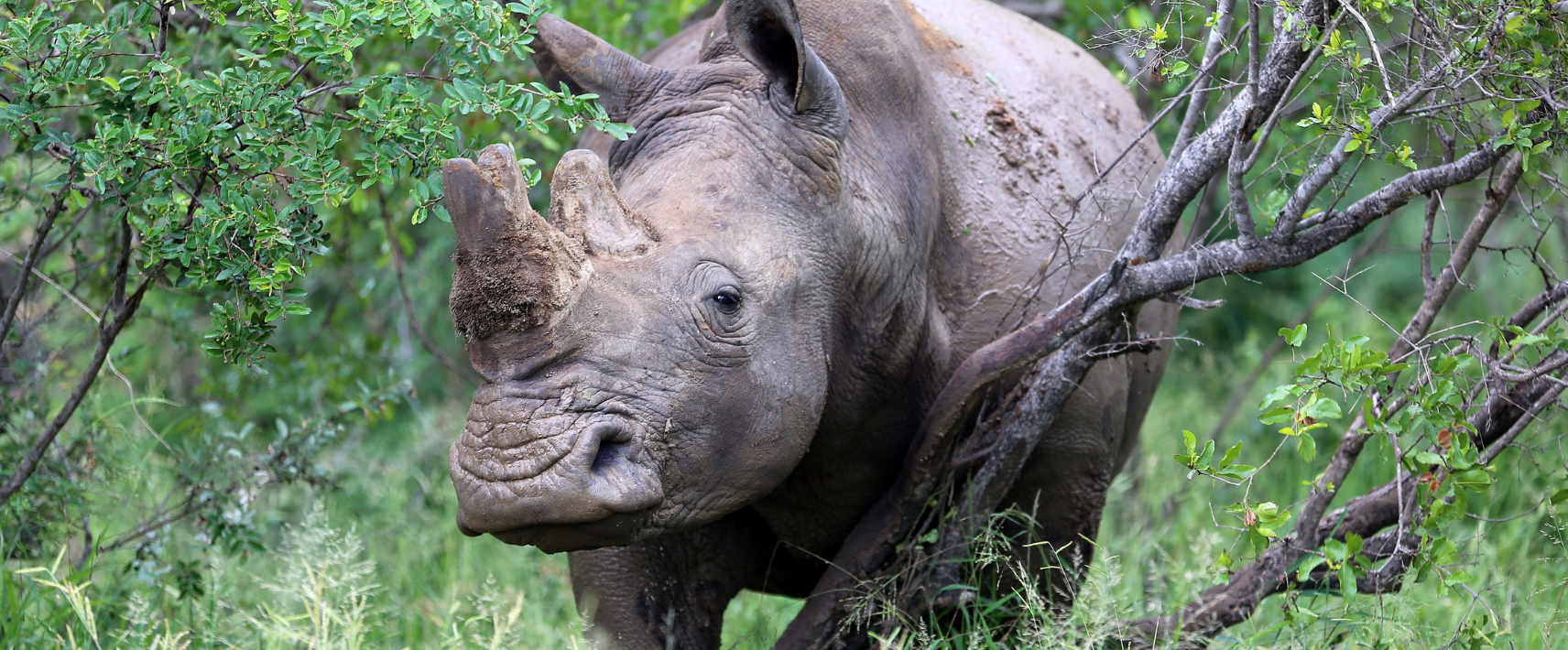One of the most important global meetings on wildlife trade has just wrapped up in Uzbekistan. It’s capital city Samarkand was where governments convened for the 20th Conference of the Parties (CoP20) to the Convention on International Trade in Endangered Species of Wild Fauna and Flora (CITES) to decide how international trade should be managed for some of the world’s most threatened...
Did you know there are three distinct species, or types, of elephants in the world? The African savannah or bush elephant (Loxodonta africana); the African forest elephant (Loxodonta cyclotis) and the Asian elephant (Elephas maximus).
Estimates put the population of African elephants at around 400,000 down about 96% in the last century. Asian elephant populations have also declined from more than 100,000 to less than 40,000.
With elephant-habitat shrinking all the time, we need to do all we can to address the many threats they are facing. Here you can learn more about HSI Australia’s current elephant protection projects.
Anti-poaching patrols in Zambia
We support Conservation South Luangwa who work with the Department of National Parks and Wildlife to protect 1,400,000 hectares of wilderness in eastern Zambia.
The team at Conservation South Luangwa conducts hundreds of patrols every year and a critical part of their job is removing deadly snares which are one of the favourite tools of poachers and complete indiscriminate killers.
Just last year the team removed 408 deadly snares and also provided medical assistance to three elephants who were suffering from snaring injuries.
Wildlife protection units and human-elephant conflict mitigation in the Bukit Tigapuluh Ecosystem of Sumatra
We have been supporting wildlife protection units though our partners, The Orangutan Project, who do significant work to protect Critically Endangered Sumatran elephants as well as orangutans.
Last year their patrols disrupted 389 cases of illegal activity within the ecosystem including 66 cases of poaching that were referred to the authorities.
The team also undertakes significant work to help locals live alongside elephants and reduce cases of human-elephant conflict.
By fitting radio collars to elephants in Bukit Tigapuluh, the patrols are conducting long term mapping of the elephants’ migratory paths which will also play an important role in protecting the elephants and reducing conflict situations.
Elephant Sanctuary in India
Our first rescue with Wildlife SOS in India was an elephant named Champa back in 2009. She only survived a few years once rescued and living in the sanctuary—but those final years were the best ones of her life. Since then, we have helped to rescue and care for more than 20 elephants who have gone from lives of suffering and abuse to a retirement of freedom and care.
Wildlife SOS has also established a state-of-the-art elephant hospital which is improving care for the elephants at the sanctuary but also helping to train veterinarians to offer services for the many other elephants still suffering in captivity across the country.
There are currently a total of 32 elephants living in the sanctuary, including an injured calf whose mother was killed by a train.
Elephant Sanctuary in Thailand
Similar to our work with Wildlife SOS, we also support the rescue and lifelong care of elephants at the Wildlife Friends Foundation Thailand Sanctuary.
I have been lucky enough to visit this sanctuary when we were working with WFFT for our recent tiger rescue and can say that the elephants there enjoy a wonderful life. They have a vast area to roam with plenty of pools for mud baths, plants for foraging and space to simply enjoy the company of other elephants. No elephant at this sanctuary is ever chained—day or night. There are currently 23 elephants enjoying their retirement at this incredible sanctuary.
Domestic ivory ban in Australia
While the international trade of ivory and rhino horn has been banned since 1989 and cannot be legally be imported into Australia, the buying and selling of ivory and rhino horn within our borders is still legal.
In 2016, participants at the 17th meeting of the Parties of the Convention on International Trade in Endangered Species (CITES) called on countries to close unregulated domestic markets for ivory. Since then, China, Hong Kong, Singapore, the USA and the UK have all acted to close their domestic markets.
An Australian Parliamentary inquiry in 2018 recommended the Commonwealth, States and Territories develop and implement a national domestic trade ban on elephant ivory and rhino horn.
In 2019, then Environment Minister, Sussan Ley, committed to implementing a domestic ban on ivory trade, which was reiterated at the CITES Standing Committee in 2021. The trade ban was also endorsed at a 2019 meeting of Environment Ministers for States and Territories who committed to identify mechanisms to enact the ban and asked Professor Graeme Samuel to consider the issues as part of his review of the EPBC Act.
Both the Parliamentary Inquiry and the finding of Professor Samuel’s review identified that enacting an effective domestic ban on ivory trade will require action from the States, Territories and the Federal Government working together.
HSI Australia has been working to support the enactment of a domestic ivory ban at every single step of this process. We are now asking Environment Ministers at the state, territory and federal level to pledge to finally implement the ban. We will continue to press for action on this for as long as it takes for Australia to do our part in stopping the poaching of elephants for their ivory by eliminating the domestic trade.
Image Credit: LDeCicca_HSI_WFFT


